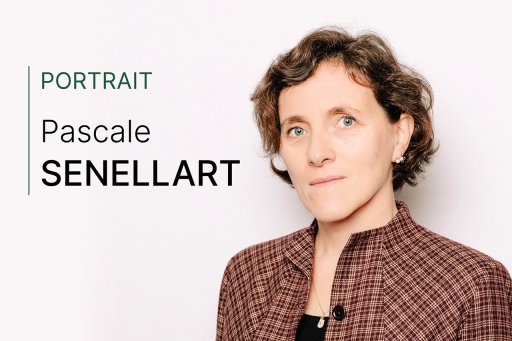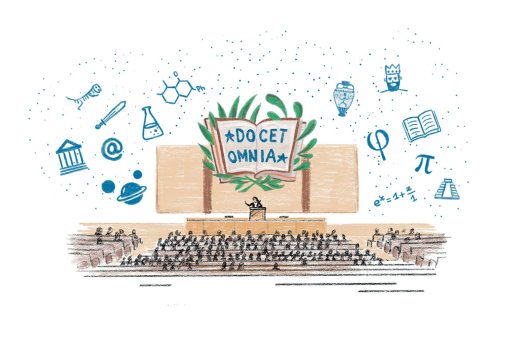Before the development of printing in the 15th century, every manuscript contained an unpublished text. Even the " copies " show numerous more or less significant changes. In fact, the writing of the Bible is no exception to this reality, reflecting centuries of transmission with several layers of revision and redaction, without it being possible to define the " first author " of a text.
The study entitled " Critical biblical studies via word frequency analysis: unveiling text authorship " (Études bibliques critiques par l'analyse de la fréquence des mots : unveiling text authorship), led by Shira Faigenbaum-Golovin (Duke University), Alon Kipnis (Reichman University), Axel Bühler (Institut protestant de théologie de Paris, UMR 7192, hosted at Collège de France), Eli Piasetzky (Tel Aviv University), Thomas Römer (Collège de France, UMR 7192) and Israel Finkelstein (University of Haifa), sought to use new algorithmic tools concerning language to identify, characterize and delimit texts written by different redactional groups within the Bible.

The study drew on the findings of philologists and exegetes to identify key texts belonging to different redactional schools, and then the algorithm extracted and quantified the most important words and word sequences. This first step enables us first to obtain semantic networks and then to spatially observe the proximity and distance, in terms of language, of different editorial milieus from one another. This step also enables researchers to see which major expressions differentiate one school of thought from another. In a second step, statistics were used to attribute texts whose origins were disputed to one or other editorial group.
This article paves the way for other similar studies exploiting recent developments in artificial intelligence on language models to make it a tool at the service of historians of antiquity.









